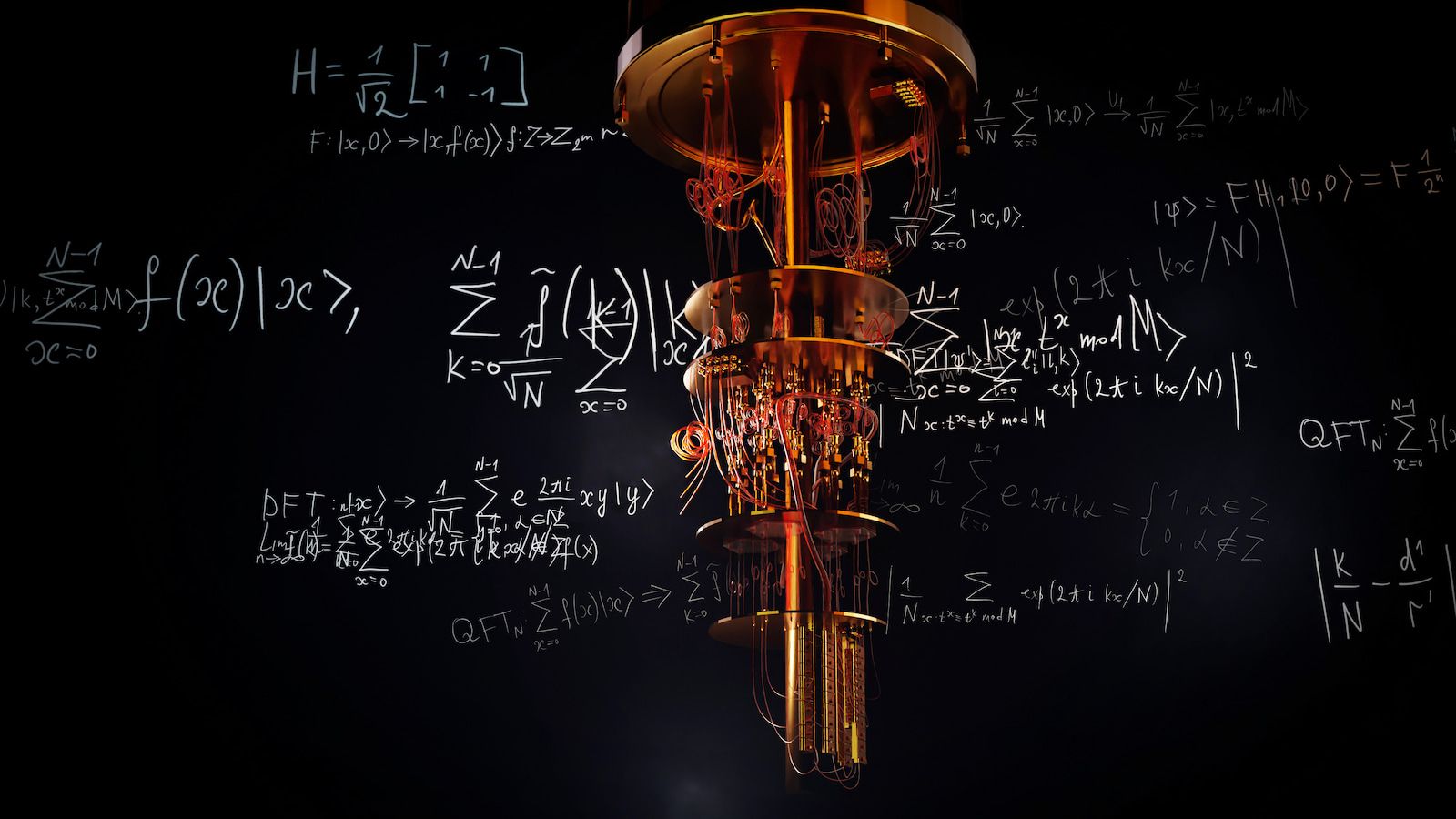
👩💻 IBM's quantum breakthrough - real-world applications within two years
IBM's quantum computer successfully completes a 'benchmark' experiment. Researchers work around quantum noise to get reliable results. The achievement suggests quantum computers could have practical applications within two years.
Share this story!
- IBM's quantum computer successfully completes a 'benchmark' experiment.
- Researchers work around quantum noise to get reliable results.
- The achievement suggests quantum computers could have practical applications within two years.
Quantum leap for IBM
A significant achievement in the field of quantum computing has been recorded by IBM. Their team successfully completed an experiment, simulating the behaviour of a magnetic material on their quantum processor, Eagle.
The task required overcoming a notorious challenge in quantum computing - quantum noise. This noise often introduces errors into calculations, but IBM's team was able to manage it, ensuring reliable results.
A step towards practical quantum computing
The quantum world operates differently from our everyday world. In a quantum computer, the basic unit of information is a quantum bit or "qubit". Unlike the "bits" in a traditional computer, which can be either a 0 or a 1, a qubit can be both 0 and 1 at the same time. This allows quantum computers to process vast amounts of information much faster.
The results from IBM's team not only demonstrate the power of quantum computing but also suggest that real-world applications for these machines could be on the horizon within the next two years.
The experiment was not just about achieving a milestone calculation. It also served to validate IBM's approach towards managing the issue of quantum noise. The team used a method known as "error mitigation" to get accurate results. This strategy aims to control the errors instead of trying to eliminate them completely.
Looking ahead, most companies in the quantum computing field, including IBM, hope to transition to quantum error correction. This more advanced technique, however, will require larger numbers of additional qubits for each data qubit.
Challenges and opportunities
While the experiment marks a significant step forward, there are still considerable challenges in the quantum computing field. To build 100,000-qubit machines capable of fully error-corrected algorithms by 2033, substantial engineering problems will need to be solved, according to Jay Gambetta, head of IBM's quantum-technology efforts.
Yet, with this breakthrough, IBM continues to show that progress is possible. The future of quantum computing looks promising. We could see quantum computers outperforming classical ones in useful tasks, such as calculating properties of materials or the interactions of elementary particles, sooner than we think.
Mathias Sundin
The Angry Optimist
By becoming a premium supporter, you help in the creation and sharing of fact-based optimistic news all over the world.


